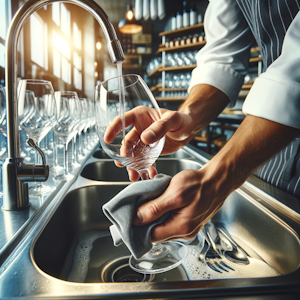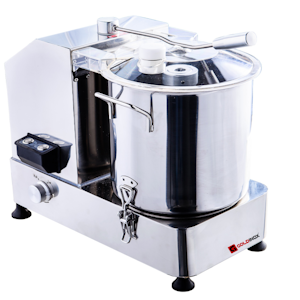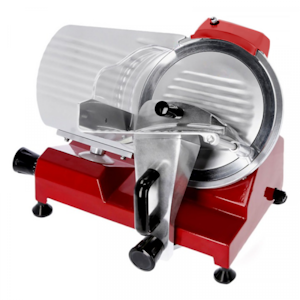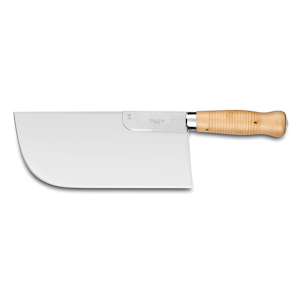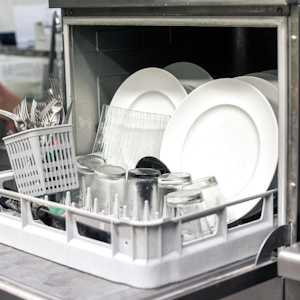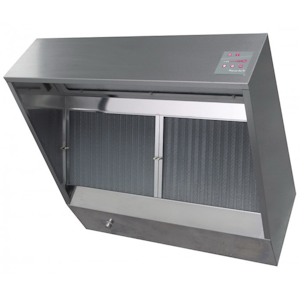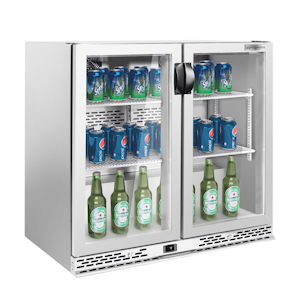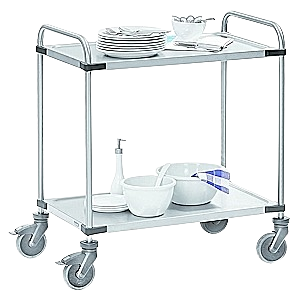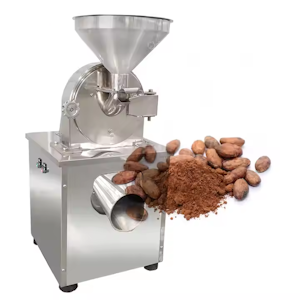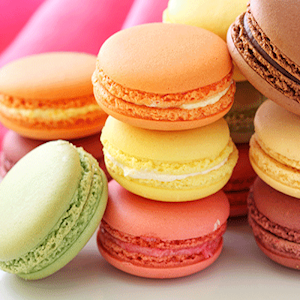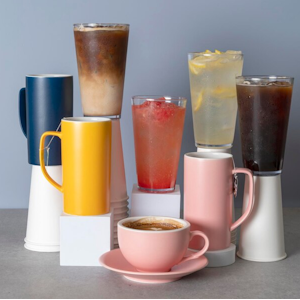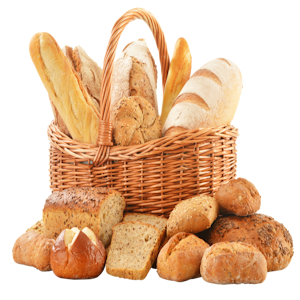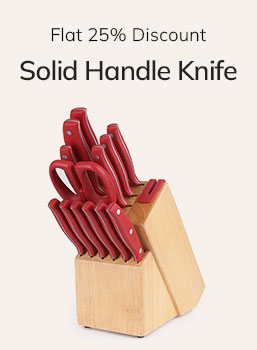Complete Guide to Cleaning, Deoxidizing, and Polishing Aluminum
Aluminum is a common material in our homes, workshops, and kitchens — found in pots and pans, window frames, wheels, garden furniture, appliances, and more. Lightweight and corrosion-resistant, aluminum is also prone to oxidation and requires special care to maintain its shiny appearance.
This guide offers the best natural and effective methods to:
-
Clean aluminum on a daily basis,
-
Remove stubborn black stains,
-
Treat oxidized aluminum,
-
Restore and preserve its shine over time.
1. Routine Cleaning: Simple Everyday Care for Aluminum
Regular maintenance prevents buildup and keeps aluminum from becoming dull. Here are the most suitable products:
🔸 Soapy Water
Use: Mix warm water with a few drops of dishwashing liquid.
How to Apply: Use a soft cloth or non-abrasive sponge.
Advantages: Cleans gently without damaging the surface.
🔸 Marseille Soap
Eco-friendly and gentle — ideal for kitchenware or decorative items.
Apply directly to a damp sponge, scrub, then rinse.
🔸 Household Alcohol (Rubbing Alcohol)
Very effective at removing fingerprints, grease, or limescale from shiny surfaces like handles or switches.
Apply to a soft cloth, rub, and dry immediately.
🔸 White Vinegar
Excellent for dissolving limescale or greasy residue.
Use it pure or diluted in hot water.
Tip: Add a pinch of salt to enhance cleaning power.
🔸 Baking Soda
Forms a mildly abrasive paste when mixed with warm water.
Apply with a cloth or soft brush to lift grime without scratching.
🔸 Whiting (Blanc de Meudon) or Clay Stone (Cleaning Clay)
These gentle powders clean, polish, and protect.
Best for chrome surfaces, brushed aluminum, handles, baseboards, etc.
🔸 WD-40 (Occasional Use)
Ideal for mechanical or outdoor parts (hinges, rims).
Leaves a protective film against moisture.
2. How to Clean Blackened Aluminum
Dark spots or blackening are signs of surface oxidation. These natural solutions can help remove them effectively:
🔹 Baking Soda + Soapy Water
Mix 1 tablespoon of baking soda with a bit of soapy water to form a paste.
Apply to the dark area using a soft cloth.
Rub gently in circular motions.
Rinse thoroughly and dry with a microfiber cloth.
🔹 White Vinegar or Lemon Juice (Mild Acids)
Soak a soft cloth with either liquid.
Rub the blackened spots until they fade.
Let sit for a few minutes on stubborn areas.
Rinse and dry immediately.
🔹 Fine Salt + Warm Soapy Water
Mix into a slightly abrasive paste.
Apply with a damp sponge.
Great for pots, trays, or heavily marked utensils.
🔹 Toothpaste (Emergency Option)
Use plain white toothpaste (non-gel, no microbeads).
Apply a thin layer and rub with a damp cloth.
Rinse and dry. Ideal for small items like watches, aluminum jewelry, or accessories.
3. Removing Oxidation and Restoring Shine to Aluminum
When aluminum appears dull, discolored, or “chalky,” it’s a sign of oxidation. Here’s how to bring back its shine:
🔸 Olive Oil
Natural and easy to use.
Apply a few drops to a soft cloth and rub in regular circular motions.
Polish with a dry cloth afterward. Perfect for decorative objects or handles.
🔸 Ammonia-Based Solution (Use With Caution)
Mix in 1 liter of warm water: a few drops of dishwashing liquid and 1 tablespoon of ammonia.
Rub with a soft sponge.
Rinse very thoroughly and dry well.
⚠️ Never use pure ammonia. Ventilate the room and wear gloves.
🔸 Polishing Cream or Aluminum Paste
Available at hardware or auto stores.
Follow the manufacturer’s instructions: apply with a soft cloth, let sit, then buff.
Guaranteed mirror-like finish.
🔸 Homemade Polish (Whiting + Methylated Spirits)
Mix 2 tablespoons of whiting with 1 tablespoon of denatured alcohol.
Apply, let dry, then buff with a dry cloth.
Maintenance Tips and Best Practices
-
Always dry aluminum thoroughly after cleaning, especially in bathrooms or kitchens.
-
Avoid bleach, chlorine-based, or abrasive cleaners — they can damage aluminum.
-
For outdoor items, apply a protective layer (mineral oil, beeswax, or a specialized product).
-
Clean regularly, even if there's no visible dirt, to maintain surface quality.
Summary Table: Quick Reference Guide
| Product | Best Use | Main Advantage |
|---|---|---|
| Soapy Water | Daily cleaning | Gentle and safe |
| Baking Soda | Black stains, greasy grime | Natural, mildly abrasive |
| White Vinegar / Lemon Juice | Descaling, mild oxidation | Mild acid, degreasing |
| Olive Oil | Final shine | Polishes and protects |
| Whiting / Clay Stone | Cleaning and polishing | Restores shine without scratching |
| Polishing Cream | Dull or oxidized aluminum | Mirror finish |
| WD-40 | Mechanical or outdoor parts | Moisture protection |
| Diluted Ammonia | Deep restoration | Powerful cleaner and deoxidizer |
| Toothpaste | Emergency solution for small items | Readily available, gentle, non-aggressive |

